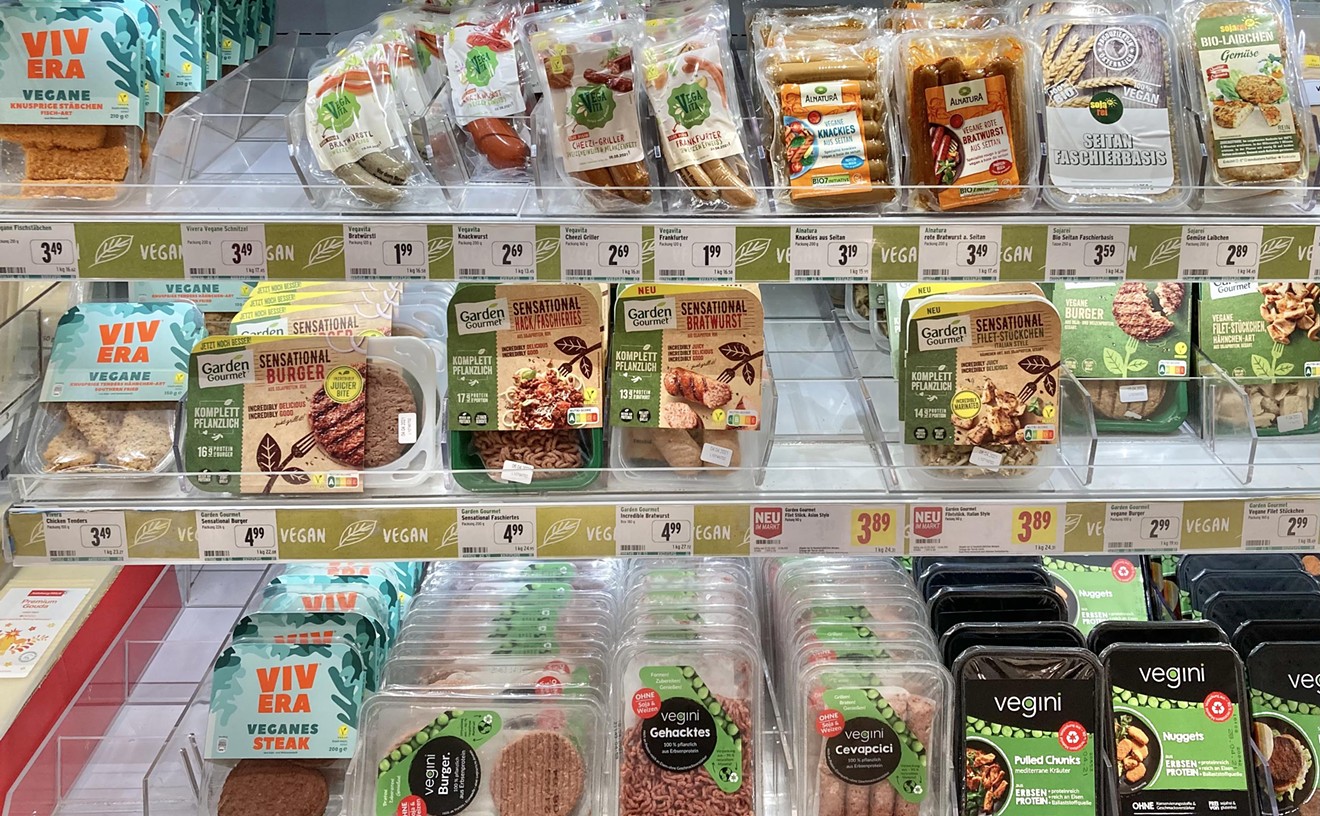Beer: Snapshot Brewery: New Belgium Brewing Co. Style: Berliner Weisse ABV: 5 percent
If we're ranking sour beer styles by "intensity of flavor" and "likelihood of making an inexperienced craft beer drinker puke," the Berliner Weisse would be right near the bottom. Its tartness is generally mild; its carbonation high; its soft, wheaty flavor refreshing. Even Napoleon was a fan -- a popular story says he dubbed the beer style "the Champagne of the North" while occupying the German capital in 1809.
As you might expect, the style is said to have originated in Berlin near the end of the 16th century and was at one time the most popular beverage in the city. Three aspects set it apart from other beers: It's brewed with wheat, is crafted to be low in alcohol (traditional versions are around 3 percent to 4 percent ABV) and is slightly sour (a flavor many Germans counteract through the addition of flavored fruit syrups.)
See also: India Pale Ale: A History
There are a few ways to make a Berliner Weisse. The most traditional is through a method known as a sour mash, which takes advantage of Lactobacillus delbruckii, a type of bacteria that occurs naturally in the malted grains used to make beer. In a sour mash, the brewer first combines his malted grains with hot water in order to extract the malt's sugars -- a routine step in the brewing process called "mashing." Normally, he would then drain off the sugary liquid created in the mash and boil it with hops, but in a sour mash he'll instead drop the mixture's temperature and add some crushed, dry grains, inside which lives our friend L. delbruckii. The lacto-inoculated mash is held in a sealed container at high temperatures (95-120 degrees), which encourages the bacteria to multiply, eat the malt's sugars and produce lactic acid -- the same stuff that makes your milk taste sour. A few days later, the brewer combines this sour mash with another, un-soured batch to achieve a clean, mild tartness.
NERD BREAK: L. debruckii is what we call a homofermentative bacteria, meaning it only produces a single byproduct -- lactic acid -- during fermentation. He has cousins, however, that generate very different compounds after chomping on malt sugars. Ever tried a Berliner Weisse that tasted like a smelly foot? It was likely fermented with other forms of Lactobacillus, and may even have been infected with the dreaded Clostridium butyricum, the bacteria that lends human vomit its distinctive bouquet.
Fortunately, New Belgium Snapshot does not taste like puke-feet. Brewed with pale malt as well as wheat, Snapshot pours the pale, hazy yellow of lemon chiffon topped with sudsy white foam. The nose is like a lemon cookie, sweet and bready with a touch of citrus. Coriander and grains of paradise add subtle floral notes. The front of the flavor contains the fruity, soft flavors you'd expect of a wheat-based ale. Citrusy Cascade hops also blend with the soft peppery bite of grains of paradise. But what of the Lactobacillus? It's hard to call Snapshot sour, or even tart. Its piquancy is noticeable as a flash of acidity on the back sides of the tongue at the swallow, making for a snappy, refreshing finish.
The brewery uses a different process to attain tartness in Snapshot: a controlled strain of Lactobacillus is added to a base beer brewed with Cascade hops, coriander and grains of paradise during fermentation (a later step in the brewing process), providing the beer with lactic acid just as in a sour mash. This acidic version is then added to larger portion of the wort fermented with plain old ale yeast, resulting in a just-barely-there acidity. The result, as New Belgium spokesman Bryan Simpson says, is a "sour for the people." It's approachable enough to bring new drinkers into the fold; interesting enough for sour-lovers to enjoy; and, when New Belgium releases the beer in cans, perfect for the Arizona outdoors.
Interested in tasting some locally made Berliner Weisse? Try Arizona Wilderness Bear Wallow Berliner Weisse or Fate Brewing Co.'s Berlemoner.
Zach Fowle is a Certified Cicerone. He works at World of Beer in Tempe.










